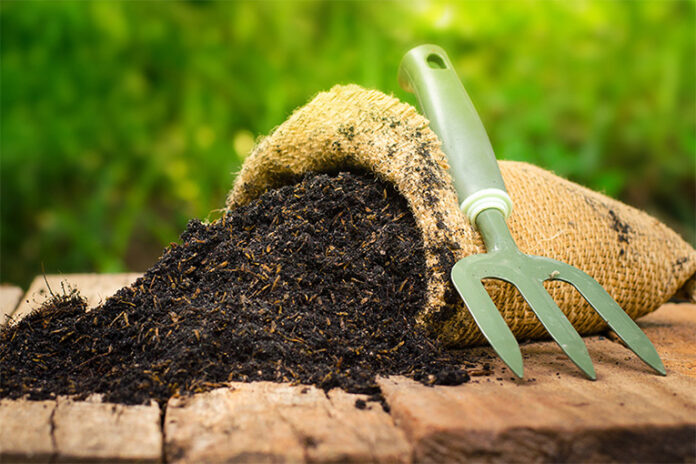One thing most of us realise soon after adopting the whole food way is that we end up with a lot of leftover plant matter.
Some NZ local bodies are beginning to collect organic waste but if you don’t want to give a good thing away so someone else can sell it back to you then you might want to consider creating your own compost.
Years ago, I started my first compost heap more by accident than good design as I continuously piled up leaves, lawn clippings, broken tree branches and vegetable material on one side of a large garden area.
I know that suggests I had a magnificent Garden of Eden on the opposite side of this pile but I didn’t. At the time, I was back in one of my lazy states, and I hadn’t touched the garden at all for ages.
I was growing weeds and lots of them.
Of course, it took ‘you know who’ to suggest to me that we should probably do something about this so we cleaned away the overgrowth on the sunniest side of this patch and soon after ran into our first big surprise.
I’d been piling up waste material for at least two years and when I dug into the base of it I was shocked to find the most incredible compost I’d ever seen.
Needless to say, we spread it out in copious amounts over the space we’d cleared, dug it in and started producing really excellent crops.
Now that was great but I didn’t want to wait two years to produce more compost like it. The solution? Rapid composting. You don’t need commercial equipment, and you can do it in the comfort of your own backyard.
Rapid composting does require a more hands-on effort than just throwing the stuff up on an ever-increasing pile, but it’s certainly worth it.
As this California University document explains, rapid composting will produce great results in in 14 to 21 days.
To get this rate of production you will need to keep turning it daily which I did – until laziness overcame me again.
Then I discovered something else. Depending on how you feed this beast you can control the timeline of its production.
It’s hard to give a more detailed description of this because the timeline changes depending on the type of content you have available.
Really, the best advice I can offer on this is to keep eating your veggies because the leftovers are like rocket fuel for compost. The compost bugs just love it! That plus the right combination of dry matter (yes cardboard works) with a good dose of green (usually lawn clippings) seems to do the trick.
A big factor in rapid composting is also the size of the material. Cut it down with hedge clippers or secateurs. Sure, it’s a bit more exercise but it’s worth it.
Another piece of good advice on the process of rapid composting comes from the Kerr Center for Sustainable Agriculture.
Their PDF document on the subject presents a very practical guide that you can convert for use in any urban or rural setting.






